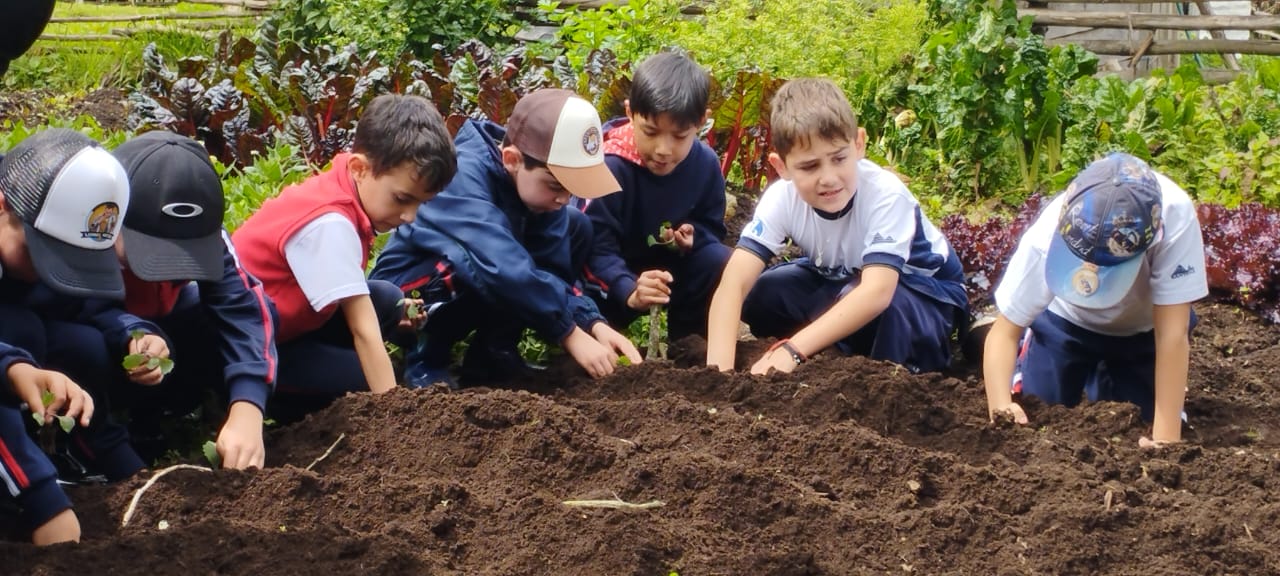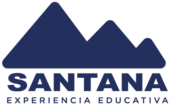La Ciudad de los Niños Campus
The Children’s City welcomes students between 3 and 11 years old in one of the most innovative educational spaces in the city and country. Surrounded by mountains, it has a wonderful natural environment that has allowed it to create extraordinary conditions for the benefit of all its children.
Pedagogies
What lies behind our pedagogical approaches?
The question that SANTANA has consistently raised throughout its educational and pedagogical experience has been: how can we integrate research into teaching methods and the curriculum?
The initial assumptions of this reflection will ultimately determine what kind of educational community we aspire to create. The conceptual framework presented below attempts to answer this question by placing REASONABILITY at the center of our assumptions. Reasonability, as the guiding principle of learning, shows us that the better our logical, ethical, and aesthetic judgments are, the more we work towards developing individuals who are RESPONSIBLE, RESPECTFUL, and FREE.
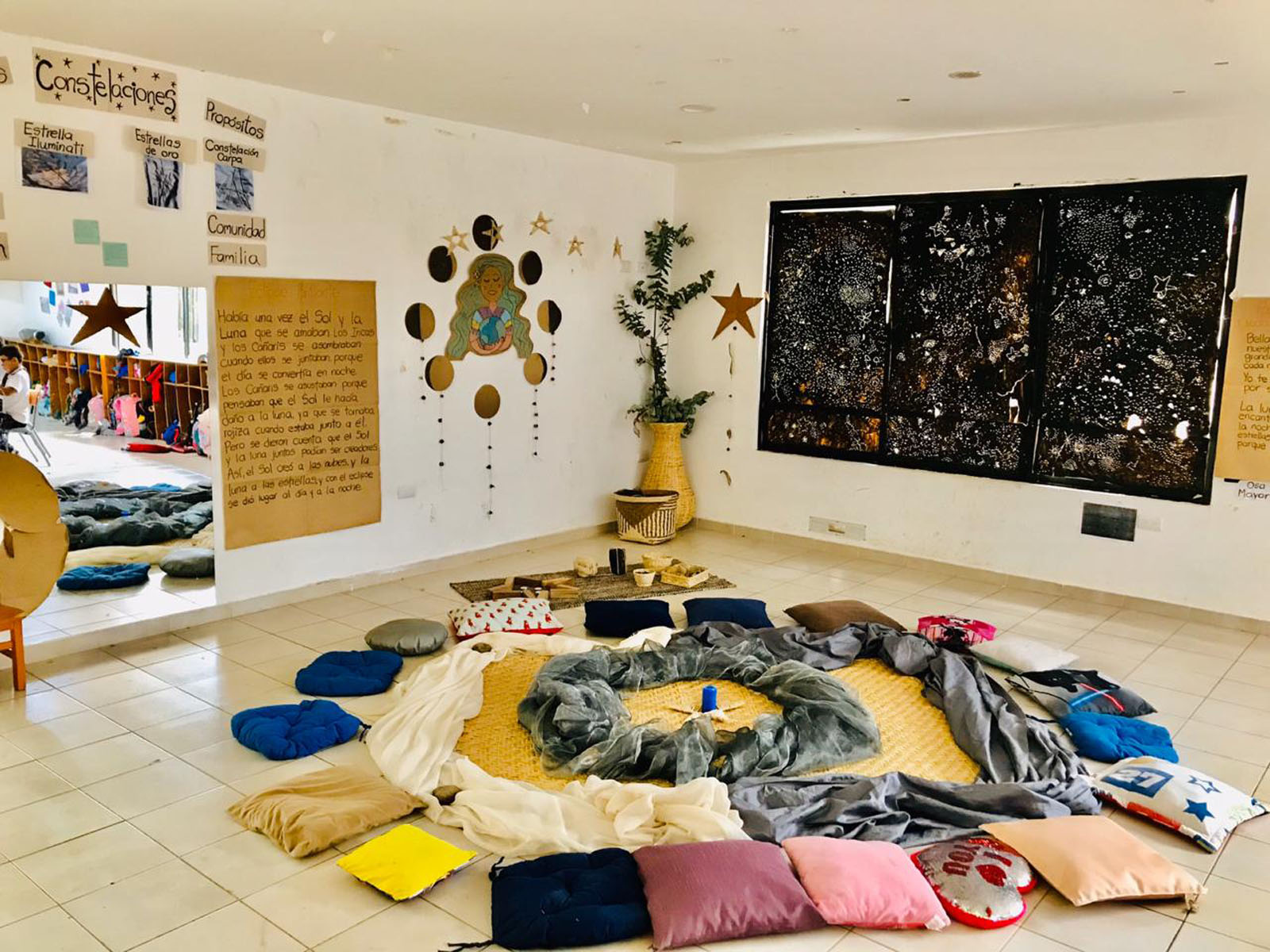
The educational model of a “Learning Community”
The learning model that SANTANA has wanted to promote from the beginning is precisely that of a “LEARNING COMMUNITY,” where both the adult (teacher, guide, etc.) and the child (student, learner, beginner, etc.) act for the “well-being” of an educational collaboration. In other words, both the teacher and the student participate in the construction of learning, teaching and learning simultaneously.
As you can understand, what is intended within the “Learning Community” is to put into action a “genuine dialogue” that, coupled with a deliberative process based on respect and mutual recognition, practices a common search, enriched by the shared experience of this.
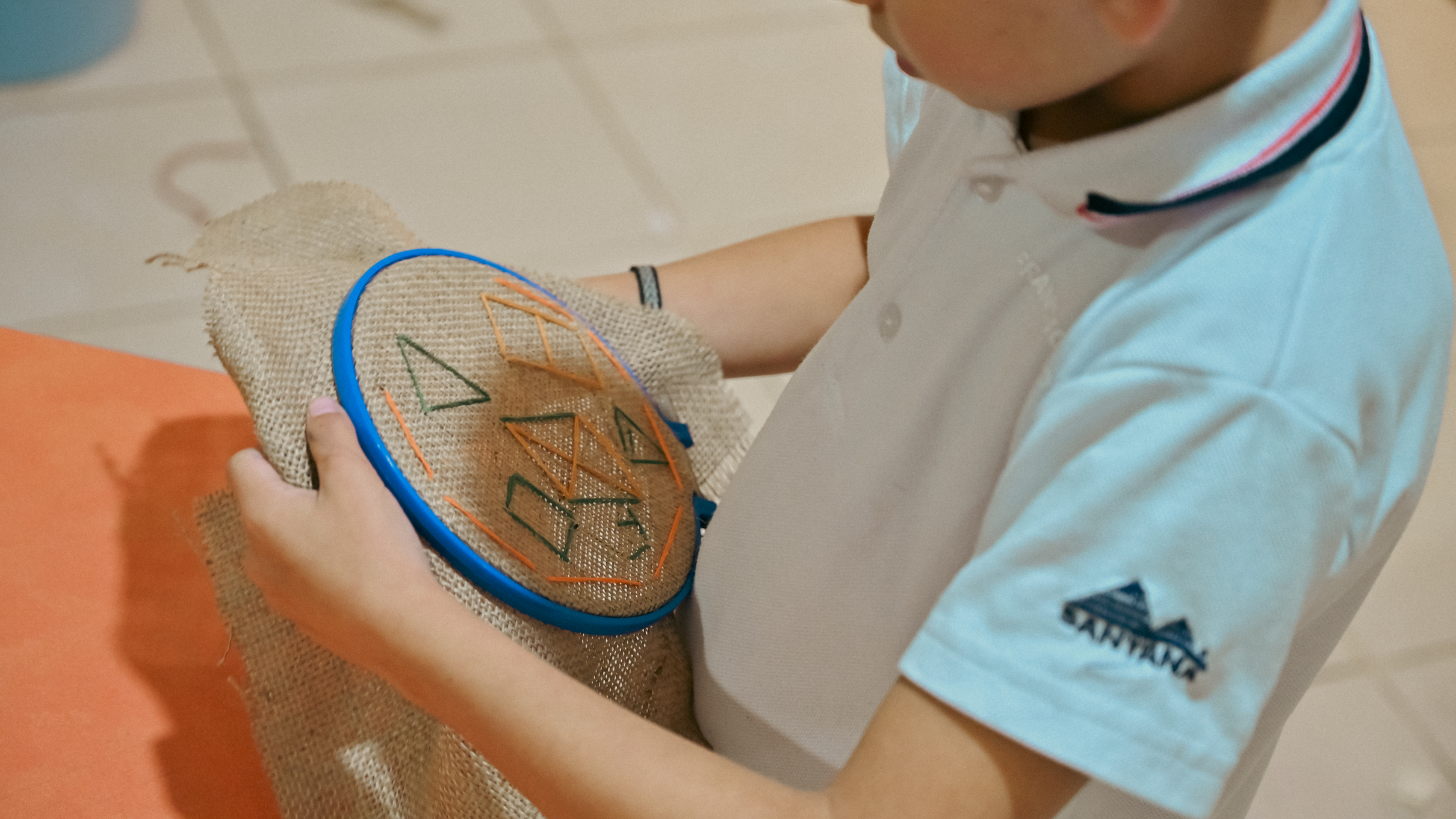
Pedagogy of Common Worlds
At Santana, we pay attention to the ways in which nature and culture become intertwined in times of growing social and environmental precarity. Thinking with an ethics of shared vulnerability and common worlds, we ask ourselves what kind of relationships we could create and sustain if humans are no longer the only saviors and beneficiaries of the Earth.
- This approach takes us beyond exclusively human, cultural or social frameworks.
- It recognizes place as a living and generative space, understands children’s relationships with place as mutually formative.
- Includes indigenous cosmologies of place rather than just human geographies of place, and positions place as an assemblage of heterogeneous human and non-human actors.
- It views place as an inherently pedagogical contact zone.
- Understands place as neither neutral nor innocent.
What is our pedagogical commitment?
We believe that education is a project of future-building. So, what futures do we want to create?
At Santana, our pedagogical work is committed to:
- Nurturing intelligences in language, mathematics, history, science, and art within contextual relationships with the stories and heritages of the place that surrounds educational protagonists. Through active investigations with the world in motion, we create educational experiences that attend to the origins of knowledge and how these origins continue to be important today.
- Maintaining a multidisciplinary approach that emerges from the deep study of a shared idea, situation, or concept. In this way, subjects are not separated; rather, they are inherently related in learning.
- Sustaining an attention to deep and multifaceted concepts while maintaining a sensed value of knowledge that is alive. In this way, children are not passive receptors, nor are educators transmitters of knowledge. Rather, both children and educators actively participate in collective research processes that arise in encounters and are sustained through rigorous and democratic decision-making processes.
- Building on the belief that children’s learning is enriched when concepts are not extracted into memorizable fragments through rote recitation, but rather when knowledge is cultivated with an authentic commitment to the complicated everyday worlds in which we live.
- Highlighting pedagogical opportunities by actively listening to real-life questions and interests of children, and cultivating pedagogical opportunities from these experiences.
- Focusing not only on the acquisition of basic skills for reading and writing (associated with the Ministry of Education’s skills) but also on committing to reading and writing as practices that are intimately recognized and culturally situated and that are nurtured as modes of communication.
In this way, children’s interpretive and symbolic thinking is cultivated as a means of reading the world and approaching the places in which we live. These are practices that cannot be taught as technical matters.
They must be deeply connected with the thinking of others, sharing ideas in the development of critical and creative thinking, as well as processes that help us create innovative logics and rationalities.
Programs
Itinerant School Project
2020 – 2021
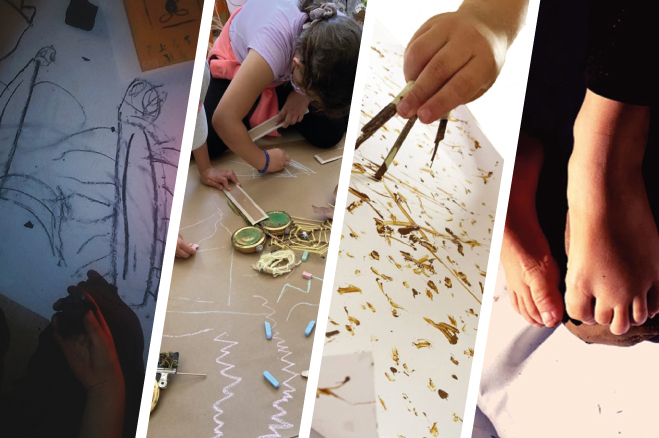
Host School
In the Ecuadorian Andes, located in the city of Cuenca, the Unidad Educativa Santana is located. For the last 37 years, Santana has placed his pedagogical intention in creating an education that opens spaces to diversity, singularity and multiple languages.
Beneath the Cabogana mountain, Santana’s Children City, have been experimenting with common worlds pedagogies since 2017, expanding exclusively human, cultural or social frameworks, and recognizing the place as a living and generative space, understanding children’s relationships with place as mutually formative.
During the COVID-19 Pandemic, the early child education level, felt the urgent need to identify creative and place-specific responses, to support ways of living that are transformative and contribute to the creation of new worlds. Thus, taking seriously the children’s proposal to be able to encounter each other; and relating to the difficulties that the virus presents, the Itinerant School Project is set in motion.
Through a collective dialogue, along with the support of 60 families, the school travels to the gardens of 10 homes located in different neighborhoods of the city, and 20 educators take the opportunity presented by the pandemic to experience a different school.
Basic Elementary and Middle General Education for 7-11-year-olds
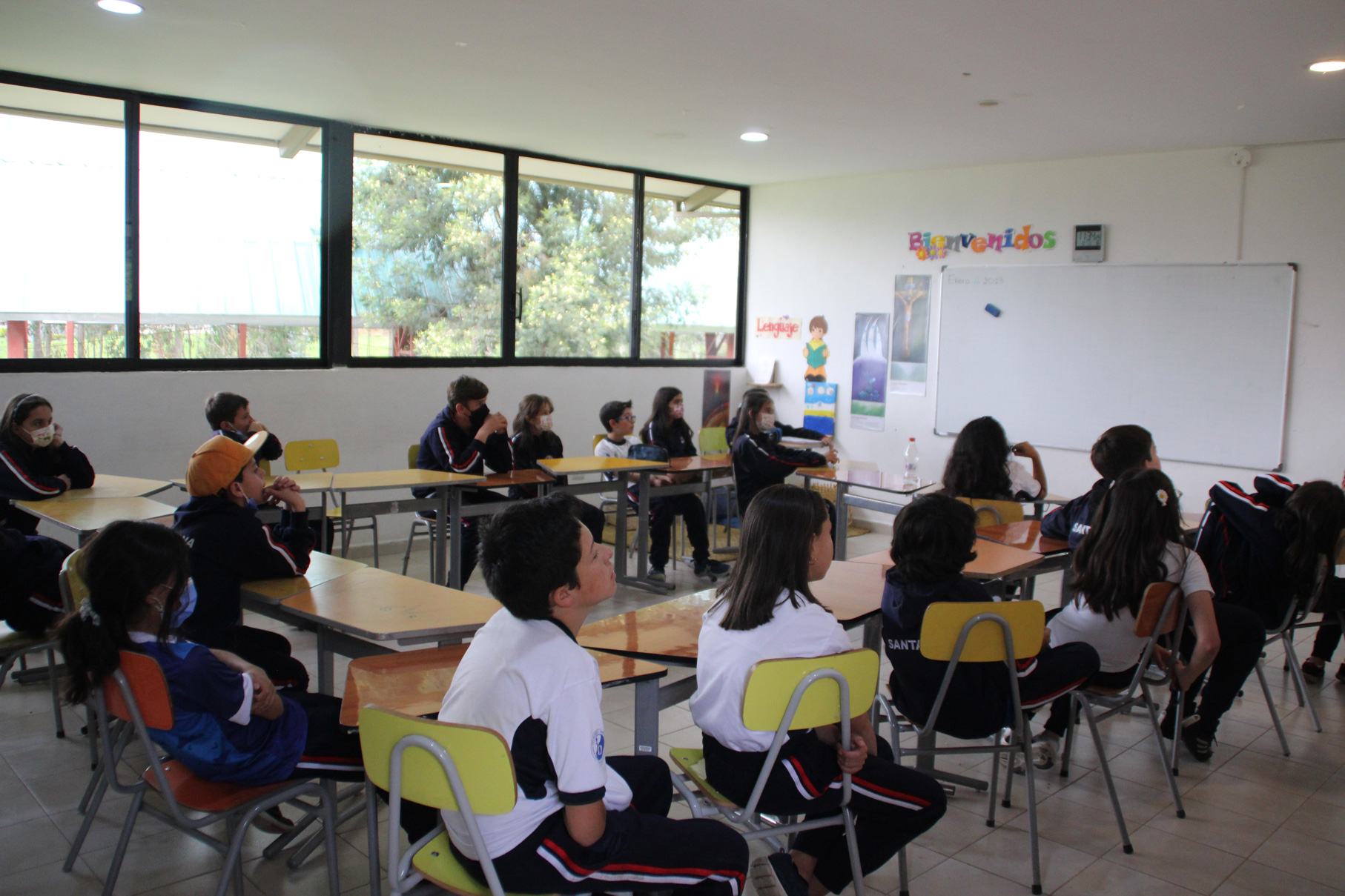
“Teaching for Understanding” is the pedagogical approach we apply in the Basic Education Level, enriched by the didactic principles of personalized education and oriented from an emancipatory and critical curriculum.
Teaching for Understanding emerged within the education school at Harvard University, integrating school and university teachers, who designed and tested the approach of teaching for understanding in classrooms as a tool for didactic planning, whose goal is to design and direct performances in the classroom that promote understanding and reflection on it.
Santana’s pedagogical approach results from the integration of educational currents aimed at conscious and collective learning that relates theory to practice through multiple activities and projects proposed by students, respecting their learning rhythms, favoring the discovery of their abilities and the use of their full potential.
Infrastructure
Since 2017, Santana has opened a new campus that allows us to offer one of the best educational infrastructures in the region and the country. In this sense, the educational offer of the school was organized into two academic campuses separated by only 2km. The natural environment and the specialization conditions for each age group suggest an immense comparative advantage when it comes to thinking about the environment and resources available for successful learning. The Ciudad de los Niños Campus houses students from pre-school (3 years old) to 7th grade, while the Matriz Campus serves students from 8th grade to 12th grade.
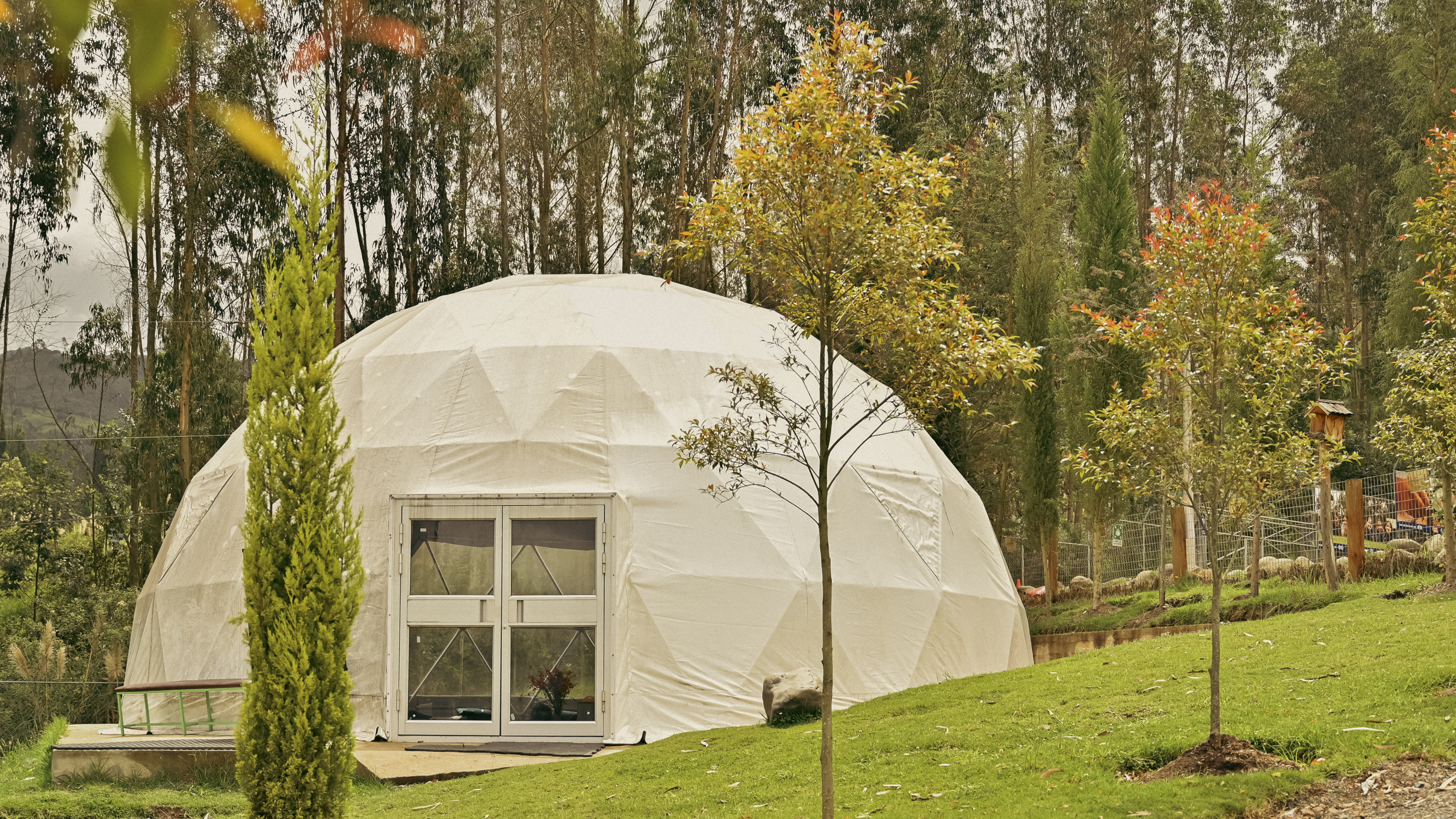
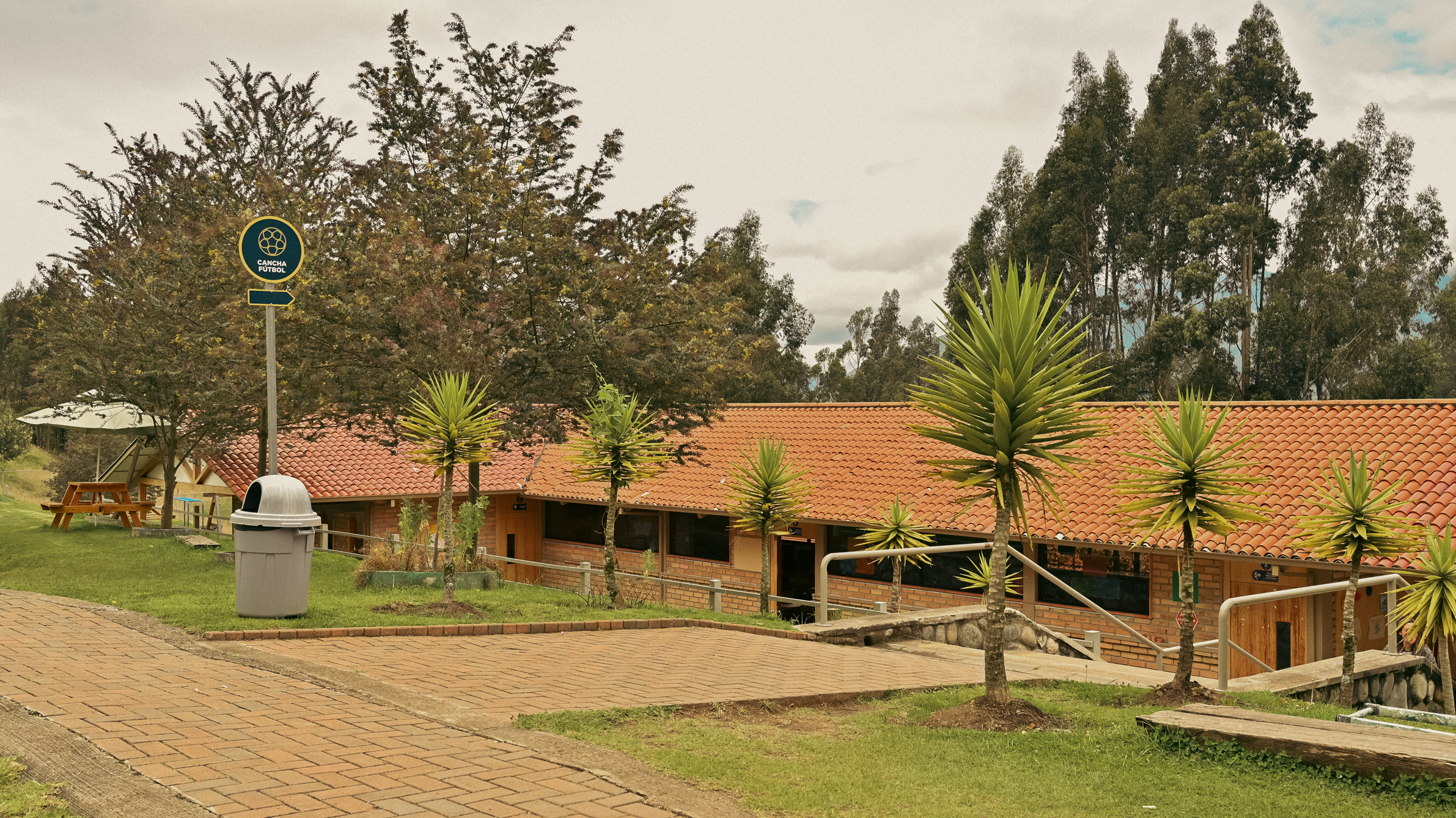
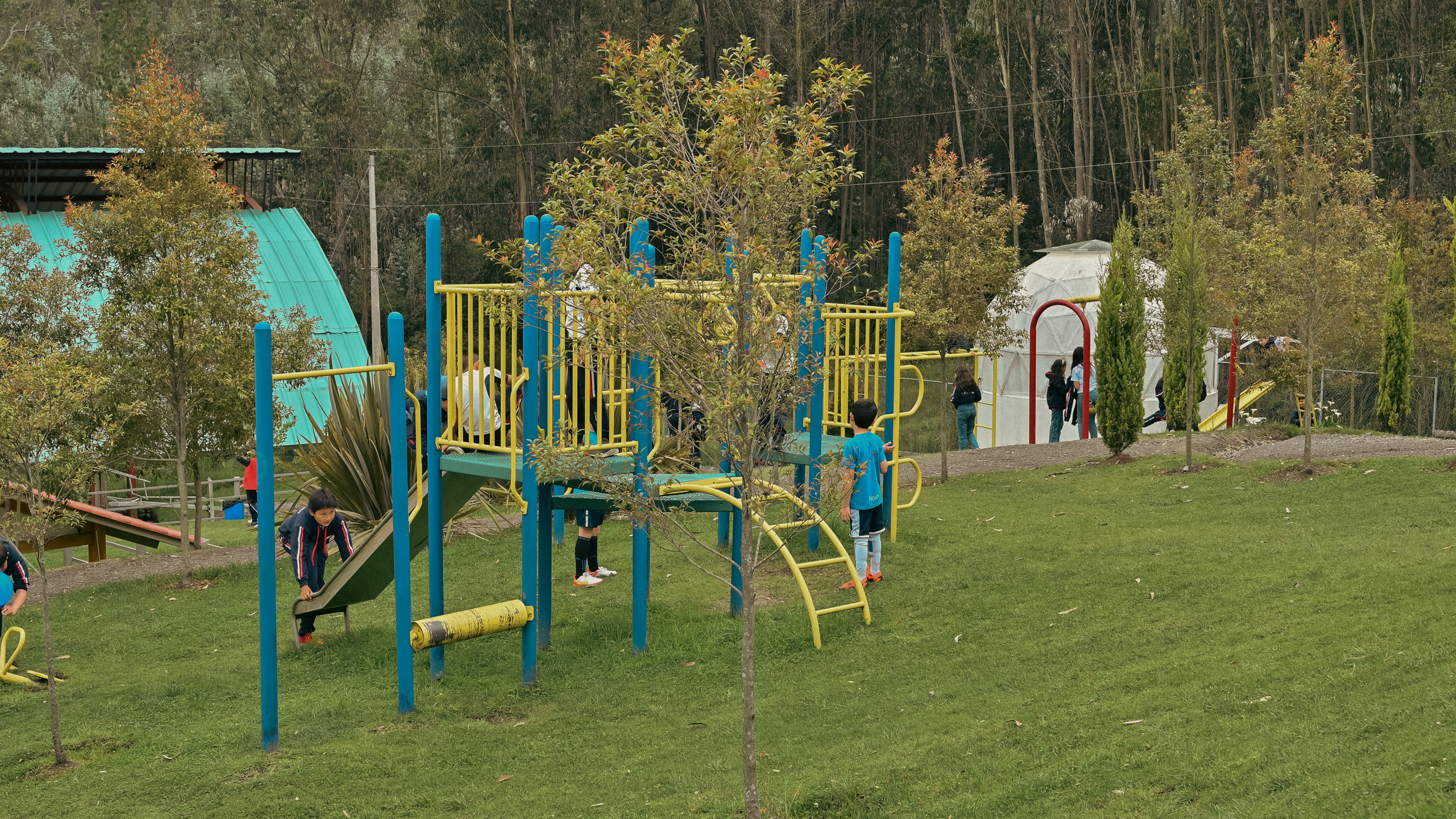
Education at Santana
Freedom, order, and discipline
At Santana, education is aimed at preparing students for life, which is why they have developed a discipline system that promotes order without relying on rules and repressive punishment.
This system involves reflecting on and observing the consequences of one’s actions, allowing students to learn about their own internal order and develop the capacity to respond. Santana believes that education should encourage students to act consciously and responsibly rather than simply reacting, and that discipline should be an act of intelligence.
Ultimately, Santana’s goal is to help students become responsible and therefore free, as they believe that freedom cannot exist without responsibility.
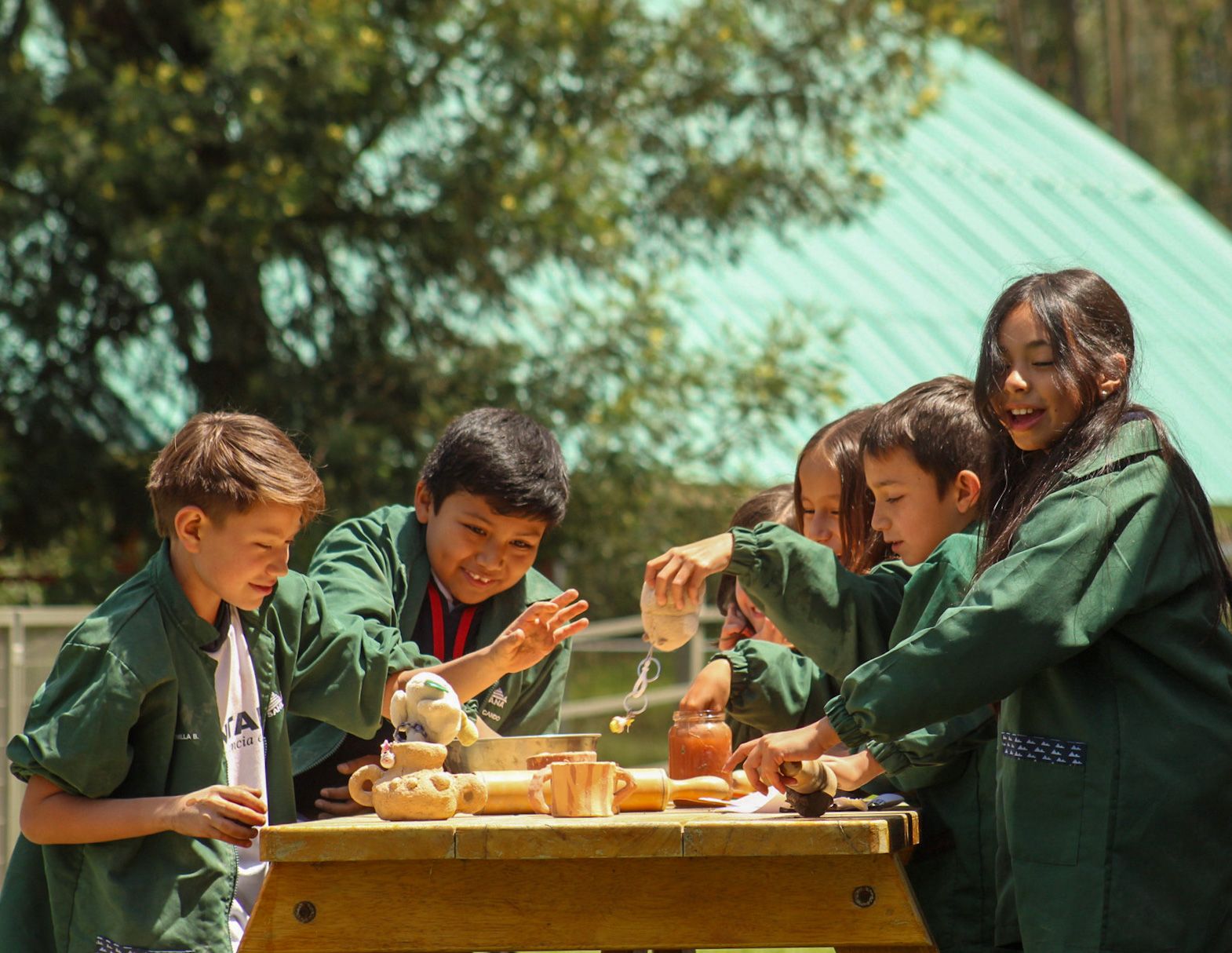
Linguistic Excellence Program
In a globalized world, the need for individuals to master multiple languages is recognized by our institution through a trilingual curriculum design. The institutional proposal of the Santana Educational Unit includes the highest level of English in the city, accredited by Cambridge English Language Assessment, and French, a language taught by native speakers in partnership with the Cuenca French Alliance.
The Language Department, at all levels of schooling, strives for linguistic excellence. This trilingual curriculum involves a process of deployment and evaluation that allows Santana students to develop an excellent level of foreign language proficiency in the first seven grades of basic general education, covering the four skills that the language field involves: listening, speaking, reading, and writing.
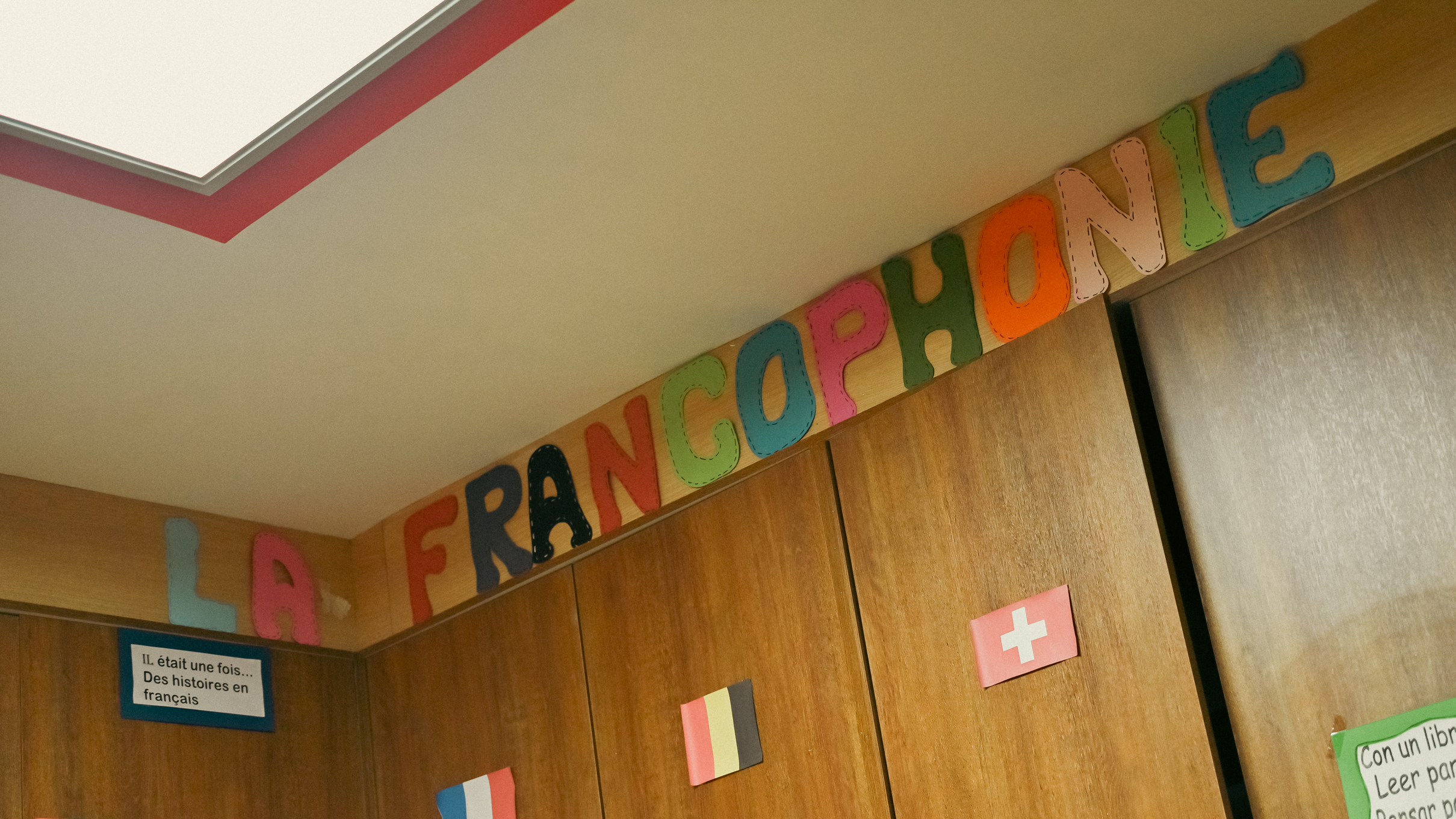
Fine arts, music, and theater
At Santana, the curriculum includes a transversal development of aesthetic appreciation and artistic ability, which proposes a practical scheme for advancing students in five related areas, integrating a range of options in fine arts, music and choir, theater, and dance, from preschool to high school.
The true impact of this project on society is to create these spaces for talents to manifest and not disappear, bringing students closer to artistic production as both productive agents and receptive subjects who develop a high aesthetic sense of the world. This is the basic objective of this project.
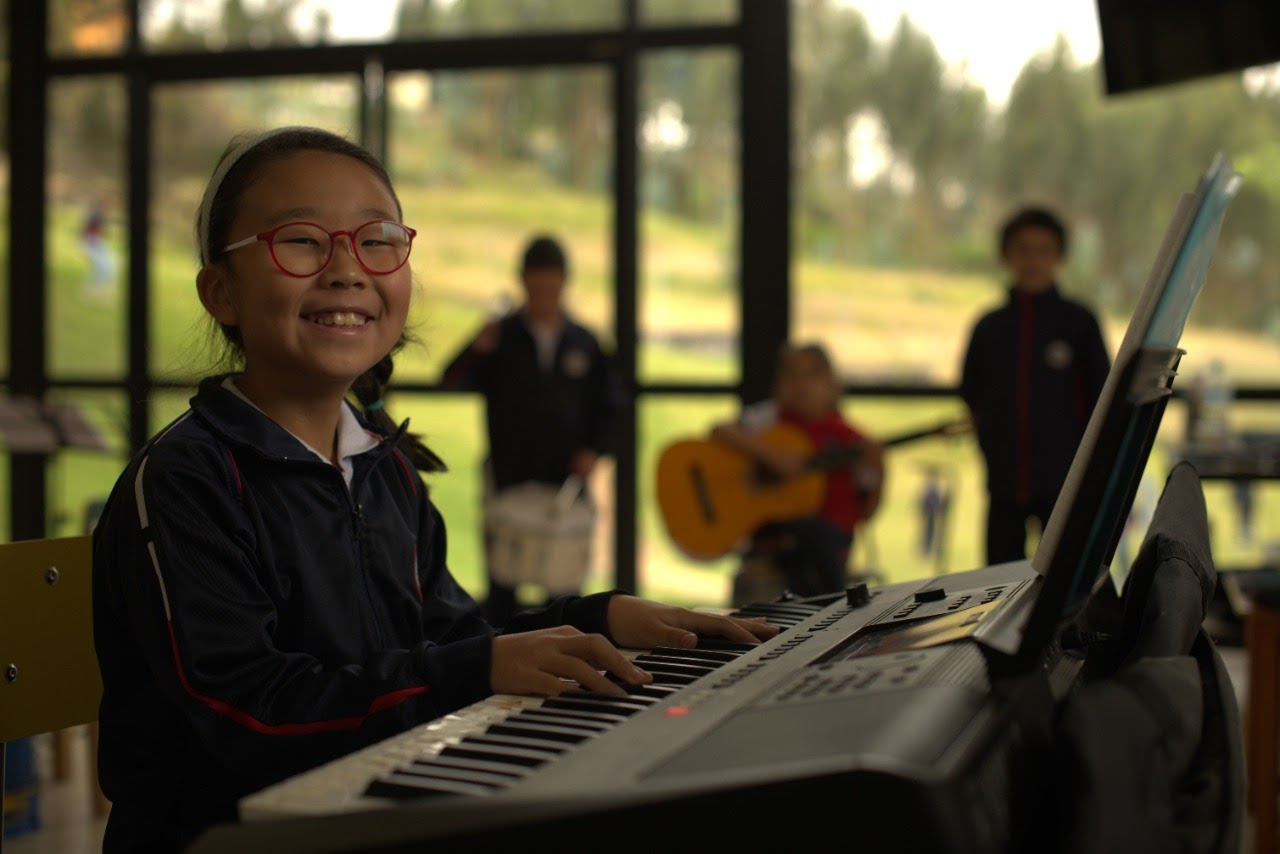
The Sports Program
The objectives of this program are to promote healthy habits and use sports as a tool for unifying students and positively influencing the community’s atmosphere. By helping to integrate members of the community and fostering values such as solidarity, collaboration, dialogue, tolerance, gender equality, and fair play, sports can become an essential part of acquiring these values.
Within a co-education framework, full-time Physical Education teachers engage students in activities that range from body expression in the Pre-School section to recreation and competition at higher levels. The Unidad Educativa Santana has been committed to involving the entire educational community in the experience of sports since 2002. This is achieved through the “Integration and Sports Days of the Secular Private Schools of the City of Cuenca,” which have yielded increasingly important and precise results in the comprehensive education of students.
The quality and range of material and infrastructure resources available to the institution are essential to maximizing the students’ human talent. As such, Santana’s sports infrastructure includes a closed stadium, synthetic and semi-professional soccer fields, as well as various equipment and tools that demonstrate our ongoing efforts to promote physical activity and sports among our students.
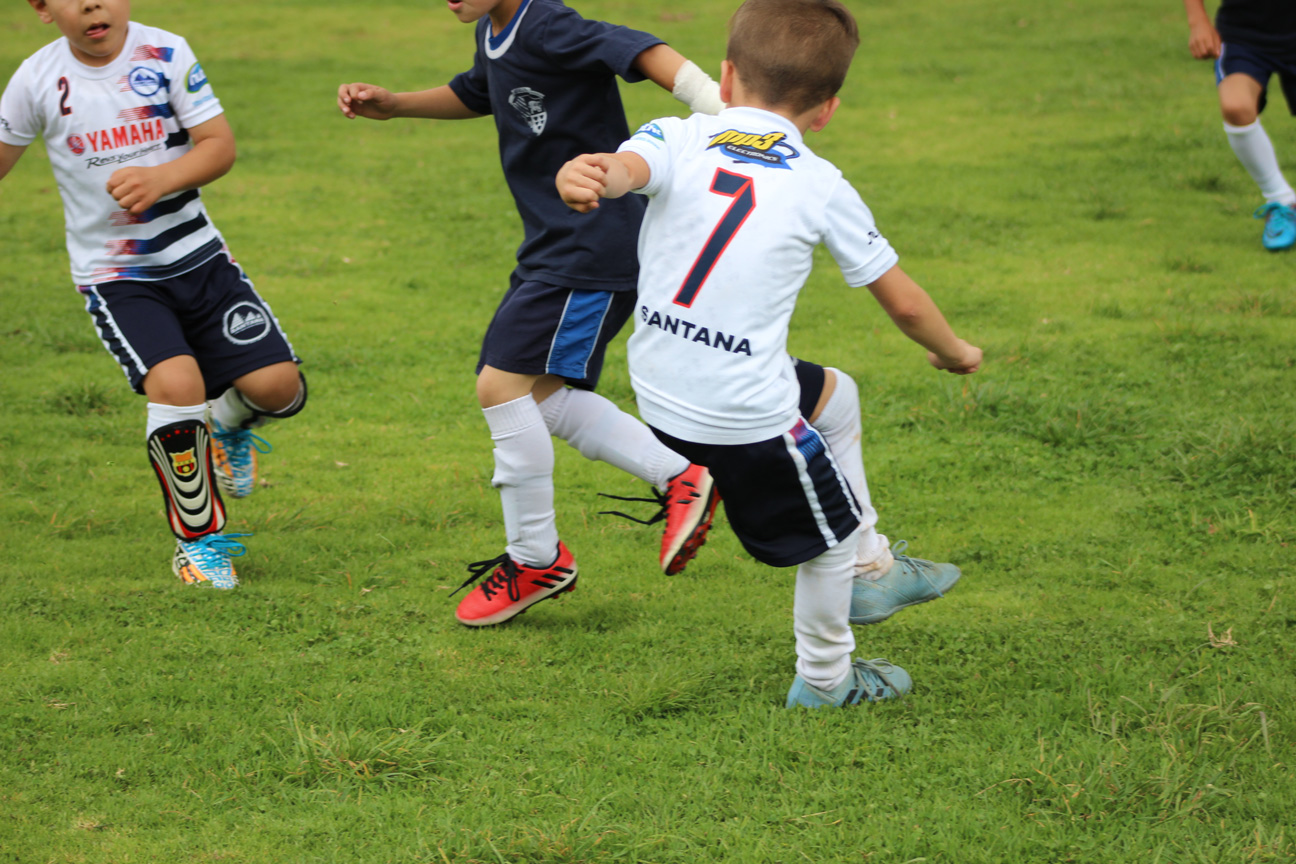
The Department of Student Guidance and Counseling
The Department of Student Guidance and Counseling plays a crucial role in the academic journey of our students, providing personalized assistance to both students and their families on how to navigate a successful academic path. Additionally, it offers psychological monitoring and evaluation to all students who require it after a systematic assessment.
At Santana, our admission process includes a semi-inclusive approach for students with learning difficulties, providing them with in-person tutoring or semi-presential support, depending on each case.
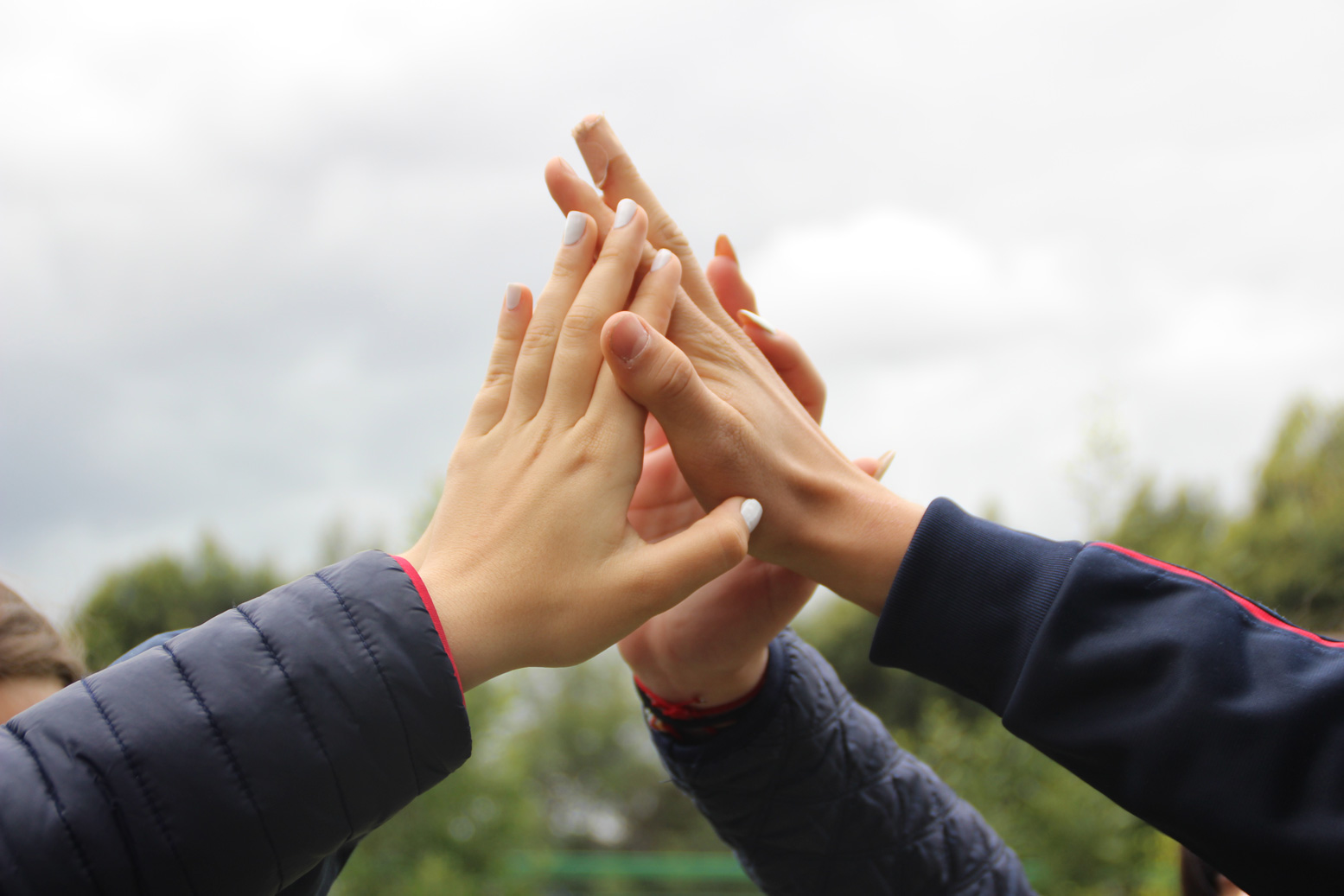
Environment and Society
Social environment, natural surroundings, and school contexts offer an opportunity to enhance knowledge and its relationship with learning. Knowledge exists thanks to people and the community that construct, define, and expand it, making significant use of it to solve problems and comprehend their sociocultural and natural context.
